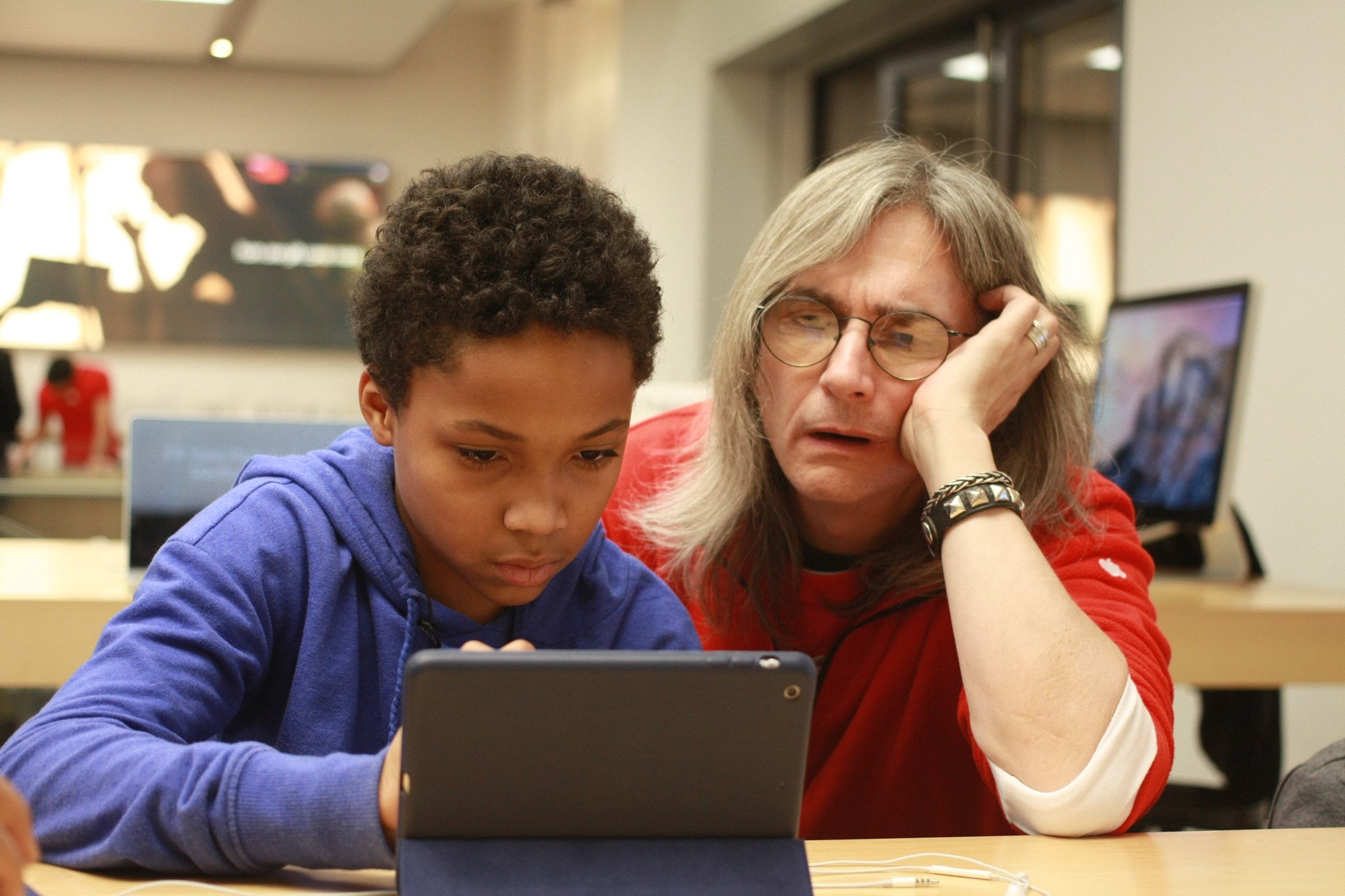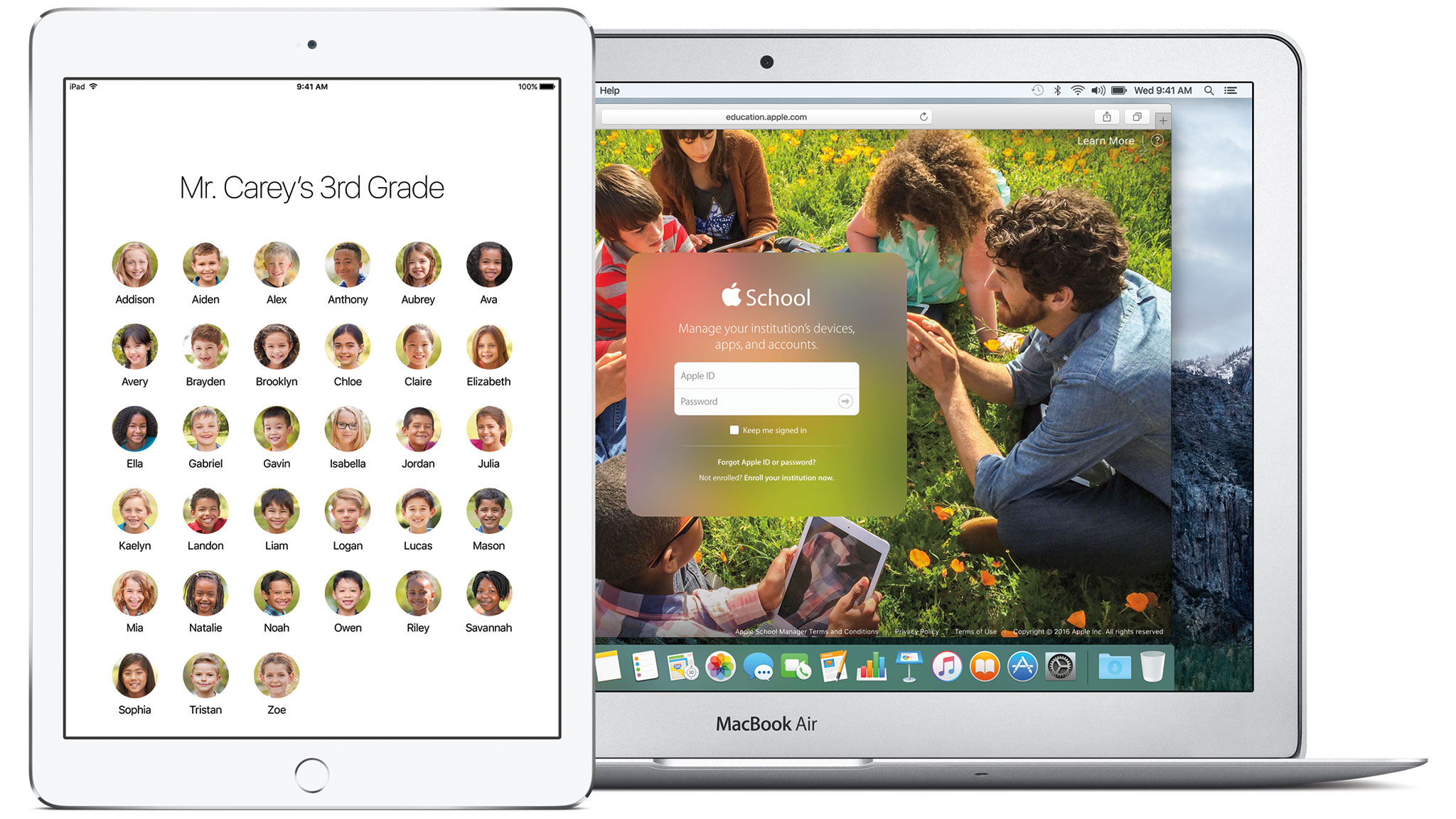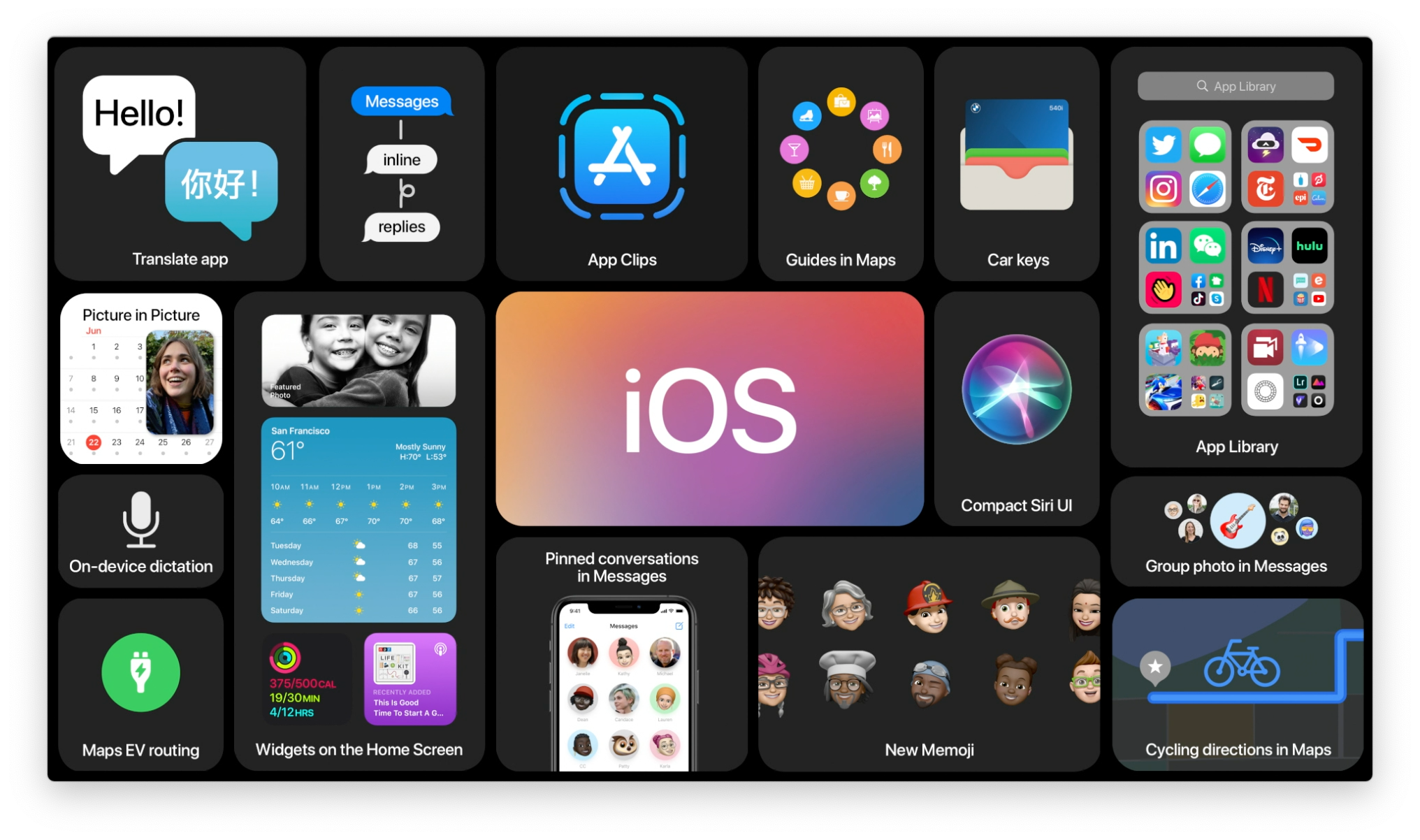Empowering education with iPad and iOS 9.3.

A few years ago, after a WWDC session, a group of people were chatting with an engineer and one of the student attendees asked why, in the era of Facebook and startups, the engineer was at Apple. I'll never forget the reply. The engineer said he dreamt of revolutionizing education, of how hard existing tools like whiteboards were to use, and how he believed iPad could change all that. Apple was a place, he said, where any engineer could have passions like education and propose features that would benefit those passions, and have a shot at getting those features in front of hundreds of millions of people. For the engineer, that was why Apple.
Flash forward to this week, and Apple's announcement of compelling new education features coming soon to iPad, and I can't help but remember that story.
The new features, previewing as part of the iOS 9.3 beta, make iPads easier for schools and teachers to manage, and students and teachers to use. Aimed at K-12, that's quite a challenge. A five-year-old and a seventeen-year-old have very different capabilities and needs. To try to meet them all, Apple is once again making very clever use of several technologies the company has spent the last few years building out.
Unlocking potential
Take unlocking and logging in, for example. Touch ID can't yet support the scores of people it would need to in a school setting, yet a passcode and a strong iCloud password would be impossible for a child in kindergarten to use. So, to maintain privacy but enable access, Apple has created a hybrid passcode that treats the managed iCloud ID as a quasi second factor, unlocking and logging in all at one go.
Pragmatic in the best sense of the word, it makes sure each child gets their own data but makes it easy for the child to remember and access it.

Pictures of the child and children and icons for the apps they're using help both student and teacher get into the iPad and go exactly where they're supposed to. Teachers can even help children who need a focused experience by launching their iPad into a specific app and setting it to stay there.
No child left out
While each child can still have their own iPad, Apple is also making it easier to share. Using the same kind of "nearline" strategy as iCloud Photo Library and on-demand resources, iOS intelligently manages the storage on the iPad. So, if the same student logs in every day, all their data is still there, local to the device. If a different student logs in, their data is downloaded and as much of the other student's data is kept as possible, in case they switch back soon.
Master your iPhone in minutes
iMore offers spot-on advice and guidance from our team of experts, with decades of Apple device experience to lean on. Learn more with iMore!
Over time, and as the limits of the storage are reached, older, less frequently used data is cleared from the iPad but kept safe in the cloud, so if the original student comes back a week or a month later, their data is only a download away.
In other words: Apple is doing everything possible to make sure students get to an iPad and get learning without having to wait for IT or anyone to set them up again.
On the administrative side, Apple is taking what were cantankerous old interfaces from enterprise and making MDM (mobile device management) as easy and accessible as possible for teachers and school IT. For example, passwords can be reset right in the classroom, so students don't have to sit, locked out, until an admin can be found. Apps and iBook textbooks can be purchased with volume discounts automatically applied. Custom content can also be more easily produced and distributed using iTunes U.
It's all designed so that teachers and teach, students can learn, and the overhead is taken out of their way.
Privacy options
If I sound optimistic it's because education is everything and connected computing is the most important tool in making education effective, efficient, and empowering as we go forward. We'll have to wait and see how Apple's new education features work in the real world, but right now, the more options the better.
Google has made great inroads into education with accounts for students and inexpensive access via Chromebooks. Yet not everyone, including the Electronic Frontier Foundation, is happy with the potential privacy implications that come from using Google's services.
Both my god kids have Google Accounts through their school and I know from personal experience parents want to be better informed and have more options about which companies handle their children's data and what's done with it.
Apple is using privacy as a differentiator, which also positions iPad in education as an alternative.
Of course, schools may use Apple devices in conjunction with Google or Microsoft services, so those accounts are also supported on the iPad.
Coming soon
Apple's iPad for education features will be rolling out sometime this spring and, hopefully, will continue to improve in iOS 10 and the years and versions to come. This is a beginning but, if Apple gets it right, an important one.
How iCloud will work backing up and distributing so many children's' data across potentially multiple devices is an open question. Current iCloud accounts top out at 5GB for the free tier. Will it work differently in education? Will a local mid-point be possible?
Likewise, beyond education, how far and how fast these options migrate into the rest of iOS — especially multiple account support and better device management — and become available to families and individuals.
For now, you can learn more about iOS 9.3 and the education preview on Apple.com

Rene Ritchie is one of the most respected Apple analysts in the business, reaching a combined audience of over 40 million readers a month. His YouTube channel, Vector, has over 90 thousand subscribers and 14 million views and his podcasts, including Debug, have been downloaded over 20 million times. He also regularly co-hosts MacBreak Weekly for the TWiT network and co-hosted CES Live! and Talk Mobile. Based in Montreal, Rene is a former director of product marketing, web developer, and graphic designer. He's authored several books and appeared on numerous television and radio segments to discuss Apple and the technology industry. When not working, he likes to cook, grapple, and spend time with his friends and family.

